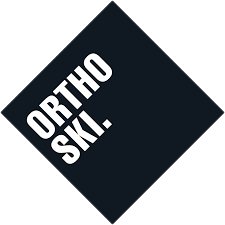How do I know if my ski boots fit right?
There is no doubt that the worst part of our job is telling customers they’re in the wrong boot, that they need to start again from scratch. Unfortunately this happens often: people will bring in a boot they’ve purchased elsewhere and it is fundamentally wrong for them and cannot be fixed.
Sometimes the boot simply does not allow for the modification a skier needs to get their boots sorted. Maybe it’s the wrong size, maybe the shell is too soft. Or quite often, the boot is pretty close to working, but that particular ski boot does not allow us to make the specific change that a skier needs in their boots.
Some boots do not like ankle expansions, others hold a forefoot expansion better than others, about half the boots on the market allow lateral cuff alignment, some boots offer the ability to change the internal height of the boot or to slightly change the flex of a boot without major adaptations.
You only know which boots do what if you’ve worked with boots for a long time. There is no manual you can read (and even if there was it would date very quickly).
We spend a lot of time selecting and modifying shells. When selecting our range of boots we make sure that we cover shapes, volumes, flex and features. We combine that range with our equally well chosen custom liners and podiatric-driven skier assessment and to make sure we get you in the right boot.
During our skier assessment if we note a “red flag” we make sure that we choose a boot that is going to allow us to make the necessary modification to manage the issue. We also pick boots that will allow for future changes in areas we see might be an issue, so later we can adjust it and not need to to start from scratch.
Matt came into us in a desperate mood, with a pair of boots that were causing severe burning under the front of his foot. He’d had shops try all sorts of things, custom foot beds, bigger boots, softer boots, expansions, nothing had worked- and strangely Matt had always felt like his heels would lift in his boots. Turns out that Matt has limited ankle movement. To deal with this we need a stiffish boot in the flex, a good ski orthotic and small raises under his heels. All these things need to work together to resolve the burning under the foot. Unfortunately the boot Matt brought in to us was too soft and due to his high instep, did not have enough space to put heel lift in without making the problem worse.
Starting from scratch in the right boot we allowed for instep height, the correct flex and workable bootboard. Add in a pair of custom ski orthotics to support his foot evenly, we were able to add the necessary heel lifts, offer enough space for his high instep and hold his foot secure with a foam injected liner.
Once set up, Matt was off and sending it down the slopes, burning-forefoot-free for the first time in his ski career.
Don’t get caught out buying the boot that your friend loves or you’ve read about in reviews. Go for the boot that will allow you to ski from first lifts to sunset, the one that suits your foot and its unique quirks. The one that is right from the beginning. The best way to do this is to get a proper assessment done. Book one in now.

